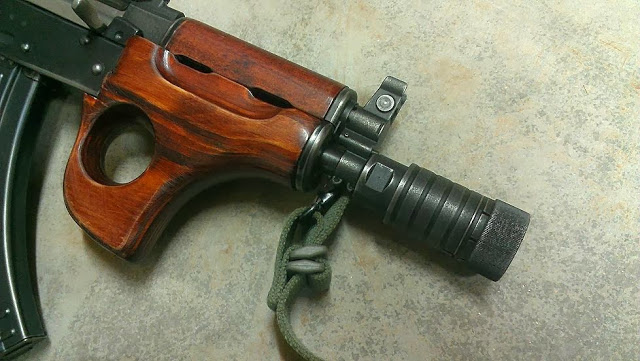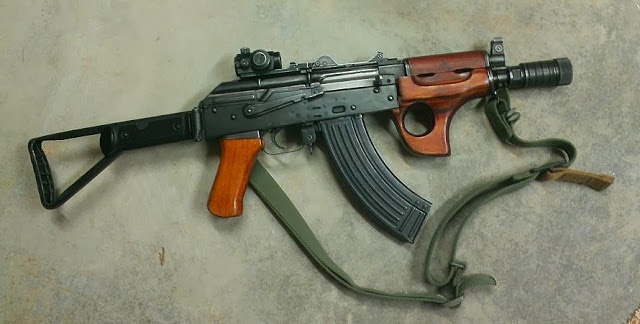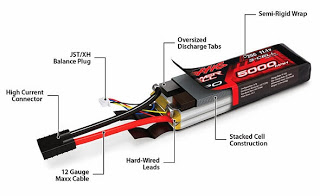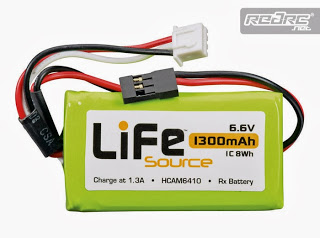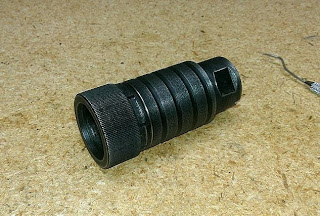 Own an AKS-74U, Krinkov, AKMSU or other short barreled AK AEG variant? Want to make it a lot louder?
Own an AKS-74U, Krinkov, AKMSU or other short barreled AK AEG variant? Want to make it a lot louder?
I’ll show you an incredibly easy way to add instant decibels to your shorty AK. Using a real steel Bulgarian 4-piece flash hider, one can achieve the lofty goal of making their AEG loud. The crafty Bulgarians were building these devices long before Mr. Noveske came along and appropriated the design with his “Fire pig” device. All that is required to make this work is that your AEG have a muzzle end that features 24mm threads (which most AKS-74U AEG’s have.) If you do not have 24mm threads, you can buy an inexpensive adapter to go from standard 14x1LH thread to 24mm.
While the 4-piece flash hider is louder than the stock AKS-74U brake all by itself, it can be made a lot louder by disassembling the unit and removing the cone device inside. A dental pick works best for prying up the retainer spring so you can unscrew the muzzle cap on the end to access the cone. One you’ve removed the cone, reattach the muzzle cap, making sure the spring is back in place and attach it to your AEG.
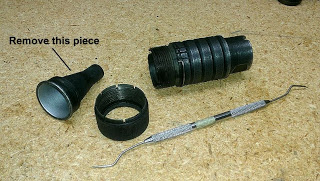 I suspect you could do this with a Noveske “Fire Pig” amplifier as well – if you remove the internal slotted cones. This would probably be the best option for strictly 14x1LH threaded AEG’s. I haven’t tried this yet to see if it works (will report on this tomorrow). I’ve never found the Noveske amplifiers to actually work as advertised, whereas the Bulgarian unit is actually doing the job of making things nasty loud. Obviously the shorter the barrel, the better it’s going to be for sound amplification.
I suspect you could do this with a Noveske “Fire Pig” amplifier as well – if you remove the internal slotted cones. This would probably be the best option for strictly 14x1LH threaded AEG’s. I haven’t tried this yet to see if it works (will report on this tomorrow). I’ve never found the Noveske amplifiers to actually work as advertised, whereas the Bulgarian unit is actually doing the job of making things nasty loud. Obviously the shorter the barrel, the better it’s going to be for sound amplification.
Now for the bad news… Real steel Bulgarian 4-piece flash hiders apparently cost around $120 a pop now. US clone copies are about $89. I bought mine years ago for $5. Inflation sucks.
Now for the good news… Element Airsoft makes a replica that includes an adapter for 14x1LH to 24mm threads for just $34.99!
This is almost as loud as my old Tippmann A5 with the Dishka attached was… Ahhh, the memories of storming bunkers on bingo ammo and shooting nothing but air while the noobs scrambled away from a “hot” sounding weapon. Excuse the crappy cell-phone pics. It’s dark in the man cave.
